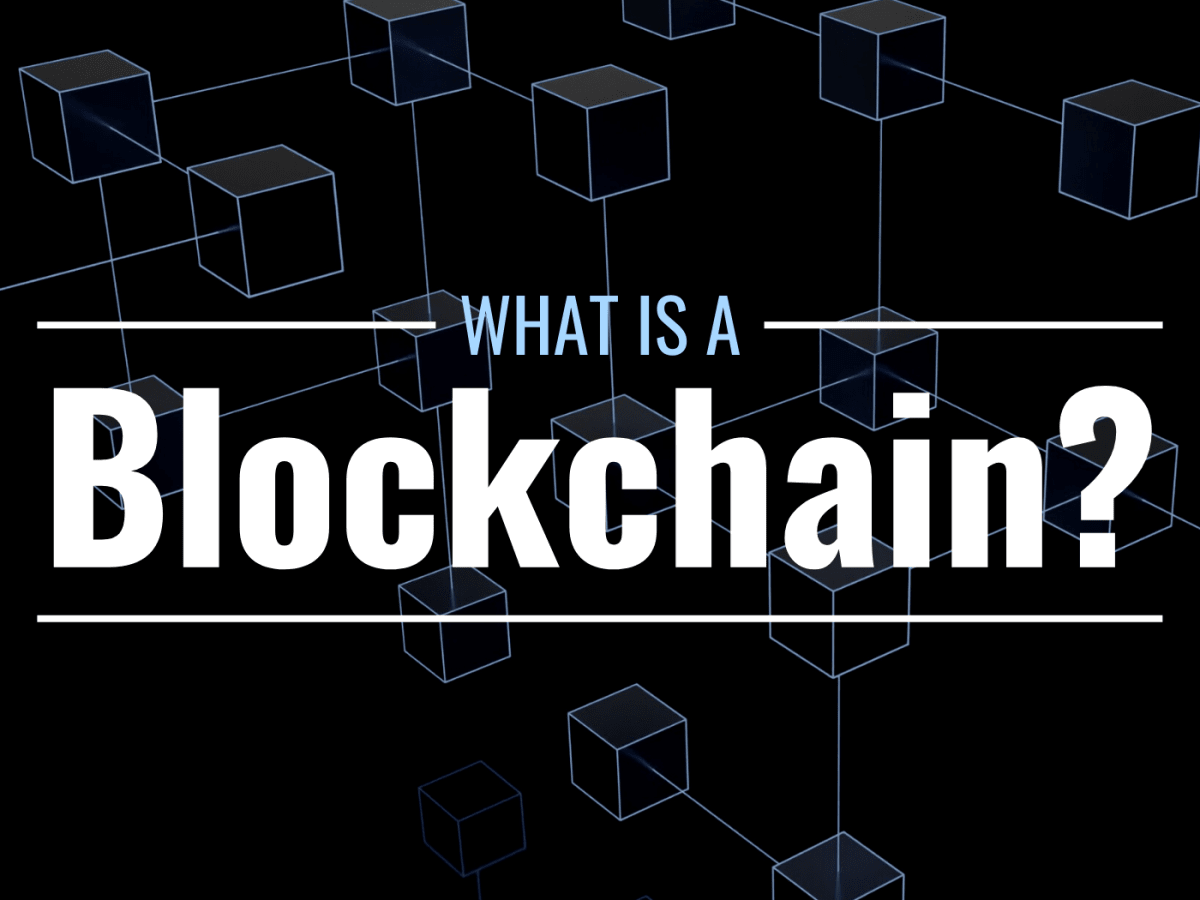Understanding Blockchain Technology: How It Works, Its Applications, and Its Future Potential
What Is Blockchain and How Does It Work?

Table of Contents
Introduction
In the digital age, where technology evolves at an unprecedented pace, blockchain has emerged as one of the most transformative innovations of our time. Although often associated with cryptocurrencies like Bitcoin, the applications of blockchain technology extend far beyond digital currencies. This guest post aims to demystify blockchain technology, explaining what it is, how it works, and its potential impact on various industries. Whether you’re a tech enthusiast, a business professional, or simply curious about emerging technologies, this comprehensive guide will provide valuable insights into the world of blockchain.
What is Blockchain Technology?
At its core, blockchain is a decentralized and distributed ledger technology designed to record transactions across multiple computers in a way that ensures security and transparency. Unlike traditional databases that are typically centralized and managed by a single entity, a block chain operates on a network of nodes (computers) that collectively maintain and verify the ledger.
The term “blockchain” refers to a chain of blocks, where each block contains a list of transactions. These blocks are linked together in chronological order, forming a continuous chain. Once a block is added to the chain, it becomes a permanent part of the ledger and cannot be altered or deleted, ensuring the integrity of the recorded data.
How Blockchain Technology Works
To fully understand how blockchain technology works, it’s essential to break down the process into its key components:
-
Decentralization
Unlike traditional databases that rely on a central authority, block chain technology is decentralized. This means that no single entity has control over the entire network. Instead, control is distributed across multiple nodes, each of which has a copy of the entire block chain. This decentralization enhances security and reduces the risk of a single point of failure.
-
Distributed Ledger
The blockchain operates as a distributed ledger, where all participating nodes have access to the same version of the ledger. When a new transaction is initiated, it is broadcast to all nodes in the network. Each node verifies the transaction’s validity before adding it to the block chain.
-
Consensus Mechanisms
Consensus mechanisms are protocols used to agree on the validity of transactions and ensure that all nodes have a consistent view of the block chain. Common consensus mechanisms include Proof of Work (PoW) and Proof of Stake (PoS). In PoW, nodes (miners) compete to solve complex mathematical problems, and the first one to solve it gets to add the block to the chain. In PoS, validators are chosen based on the number of tokens they hold and are willing to “stake” as collateral.
-
Cryptographic Hashing
Cryptographic hashing is a fundamental aspect of block chain technology. Each block contains a unique cryptographic hash of the previous block, creating a secure link between blocks. This hash is a fixed-length string of characters generated by a hashing algorithm. If any data within a block is altered, the hash will change, making it evident that the block has been tampered with.
-
Smart Contracts
Smart contracts are self-executing contracts with the terms of the agreement directly written into code. These contracts automatically execute and enforce the terms of the agreement when predefined conditions are met. Smart contracts enhance the efficiency and transparency of transactions by eliminating the need for intermediaries.
Applications of Blockchain Technology
Blockchain technology has the potential to revolutionize various industries by providing solutions to longstanding challenges. Here are some notable applications:
-
Cryptocurrencies
Cryptocurrencies like Bitcoin and Ethereum are perhaps the most well-known applications of blockchain technology. These digital currencies leverage blockchain to enable secure, peer-to-peer transactions without the need for intermediaries like banks.
-
Supply Chain Management
Blockchain can significantly improve supply chain transparency and traceability. By recording every step of the supply chain on a blockchain, businesses can track the origin and journey of products, ensuring authenticity and reducing fraud.
-
Healthcare
In the healthcare industry, blockchain technology can enhance data security and interoperability. Medical records can be securely stored and shared on a block chain, allowing healthcare providers to access accurate and up-to-date patient information while maintaining privacy.
-
Voting Systems
Blockchain has the potential to transform voting systems by providing a secure and transparent method for casting and counting votes. A blockchain-based voting system can reduce the risk of election fraud and increase voter confidence in the electoral process.
-
Financial Services
Blockchain technology can streamline and secure various financial services, including cross-border payments, lending, and asset management. By reducing the need for intermediaries and minimizing transaction fees, block chain can make financial services more efficient and accessible.
Challenges and Limitations
Despite its potential, blockchain technology faces several challenges and limitations:
-
Scalability
As the number of transactions increases, blockchain networks can face scalability issues. The need for each node to process and store the entire blockchain can lead to slower transaction speeds and higher costs.
-
Energy Consumption
Some consensus mechanisms, such as Proof of Work, require significant computational power, leading to high energy consumption. This environmental impact has raised concerns about the sustainability of blockchain technology.
-
Regulatory Uncertainty
The regulatory landscape for blockchain technology is still evolving. Governments and regulatory bodies are grappling with how to address issues related to privacy, security, and compliance.
-
Interoperability
With numerous blockchain platforms and protocols in existence, achieving interoperability between different blockchains can be challenging. Standardization and collaboration are needed to enable seamless communication between various blockchain networks.
The Future of Blockchain Technology
The future of blockchain technology is promising, with ongoing research and development aimed at addressing its current challenges. Innovations such as sharding, which involves breaking the blockchain into smaller, manageable pieces, and the transition to more energy-efficient consensus mechanisms, are expected to enhance scalability and sustainability.
Moreover, blockchain technology is likely to see increased adoption across various sectors, including government, education, and real estate. As businesses and organizations recognize the benefits of blockchain, its potential applications will continue to expand.
Conclusion
Blockchain technology is a groundbreaking innovation with the potential to transform industries and improve the way we conduct transactions. By providing a decentralized, transparent, and secure method for recording and verifying data, blockchain addresses many of the challenges associated with traditional systems.
As we move forward, it is crucial for businesses, policymakers, and individuals to stay informed about blockchain technology and its evolving applications. Embracing blockchain can lead to new opportunities and drive positive change across various sectors.
Call-to-Action
Are you ready to explore the potential of blockchain technology for your business or industry? Stay ahead of the curve by subscribing to our newsletter for the latest insights, trends, and developments in blockchain technology. Join the conversation and be part of the future of digital innovation!




